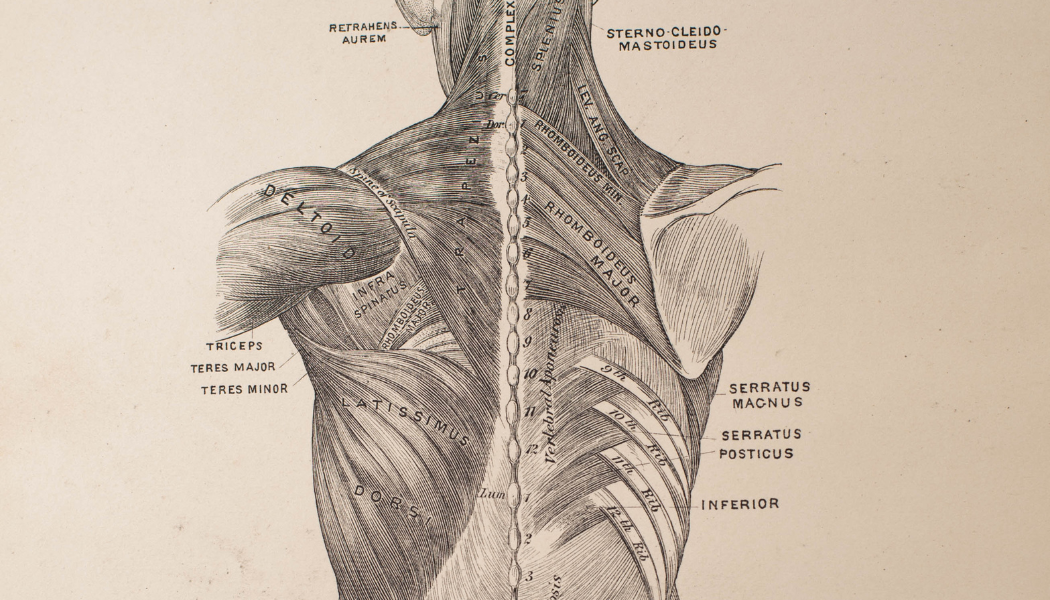
Soft tissues are defined as aggregations of similarly specialized cells that collectively function to connect, support or surround other structures and organs of the body. These tissues include tendons, ligaments, fascia, skin, fibrous tissues, fat, synovial membranes, muscles, nerves and blood vessels. Collagen, the most abundant protein in mammals, is one of the characteristic elements inside the extracellular matrix of soft tissue and, as such, plays a critical role in soft tissue repair.
In 2021, the U.S. market for soft tissue repair grew at a double-digit rate. Over the forecast period, the market is expected to grow at a high single-digit rate. This is mainly driven by increases in unit sales, as medical conditions become more prevalent and/or procedures become more common. Due to the growth within the U.S. soft tissue repair market, we wanted to provide some insights into the different devices used to treat soft tissue injuries.
Breast Reconstruction Treatment
Breast reconstruction procedures can be divided into two types: tissue expander/implant-based procedures and autologous tissue procedures. Tissue expander/implant (TEI) procedures involve the use of either an artificial implant or a saline filled implant that is expanded over time as the patient heals. The remaining breast reconstructions were completed with autologous-tissue-using techniques, of which the most popular were transverse rectus abdominis myocutaneous (TRAM) flap, deep inferior epigastric perforators (DIEP) flap and latissimus dorsi myocutaneous (LDM) flap. In breast reconstruction, allografts are preferred since they contain greater elastin content than acellular dermal matrices (ADMs), which increases their stretch capabilities. Patients prefer stretchy dermal material for breast reconstruction because of the aesthetically pleasing results that they desire.
Hernia Repair Treatment
Surgery is the only treatment for a hernia, and repairs can be done with or without surgical mesh. If a surgeon chooses open repair, primary closure is an option. In primary closure, the surgeon uses sutures but no mesh to resolve the hernia. Primary closure is mainly used to repair hernias in infants or when the hernia is small, strangulated or infected. Since the 1980s, the use of surgical mesh to repair hernias has been increasing. Synthetic mesh is a common product used for supporting the weakened tissue. There are many varieties of synthetics, under multiple brands, available to surgeons, depending upon the type of hernia and surgical procedure being completed. Synthetics have traditionally been the top choice for hernia repair; however, past FDA public warnings and announcements of complications associated with the use of these synthetic products have slightly modulated surgeons’ opinions on the efficacy of the devices.
Dural Repair Treatment
Dural repair is primarily performed for head and spinal injuries where a laceration has occurred to the dura, as a result of severe head injury, tumor ingrowth, or an invasive surgical procedure where the surgeon needs to open the dura to gain access to the brain or spinal cord. Dural defects may be repaired either by suturing or applying a dural graft to prevent CSF leaks and to facilitate healing. Occasionally, dural tears cannot be closed primarily and dural grafts must be used. Harvested autologous collagenous membrane grafts, such as the pericranium, fascia lata or temporal fascia, are routinely used for repair of the dura mater.
Dental Soft Tissue Regeneration Treatment
Dental soft tissue regeneration devices are used to facilitate the regeneration of soft tissue, either in response to soft tissue recession or during a dental implant procedure. Applications for the devices include soft tissue augmentation around dental implants, root coverage, gingival augmentation and soft tissue ridge augmentation. The two main classes of dental soft tissue regeneration products are allografts (human tissue-derived) and xenografts (non-human animal tissue-derived).
Nerve Repair Treatment
The nervous system is the main control center in the body. It transmits signals between different parts of the body. For severed nerves, the goal is to reconnect the nerve and restore signals between the body and the brain. A nerve autograft can be used when the gap between the healthy ends of damaged nerves is too large. In this case, a nerve will be removed from another part of the patient’s body, and the autograft is used to bridge the gap between the nerve ends and guide the healing nerve fibers as they grow. The nerve transplant will result in a permanent loss of function in the donor site. A donated human peripheral nerve can be used instead. The allograft works like the autograft; however, there is no need for a secondary surgery.
CARDIOVASCULAR PATCH REPAIR MARKET
Cardiovascular disease (CVD) is a class of diseases that involves the heart or blood vessels. Cardiovascular diseases that damage the heart tissue usually require heart transplantation. However, in some cases, cardiac surgeons can use a variety of methods for repairing damaged areas of the heart. This type of procedure usually involves multiple biomaterials that are used to repair or replace the damaged part of the heart tissue. Some cases of congenital heart defects may be treated with open-heart surgery to close holes in the heart with stitches or a patch, to repair heart valves or even repair complex defects, such as problems with the location of blood vessels near the heart and others.
Further Insights
In addition to insights on the treatment and usage of soft tissue repair devices, our latest 2022 report includes the U.S. market size, market shares, market forecasts, market growth rates, units sold, and average selling prices (ASPs). To receive a complimentary executive summary for the U.S. soft tissue repair market, click the button below.